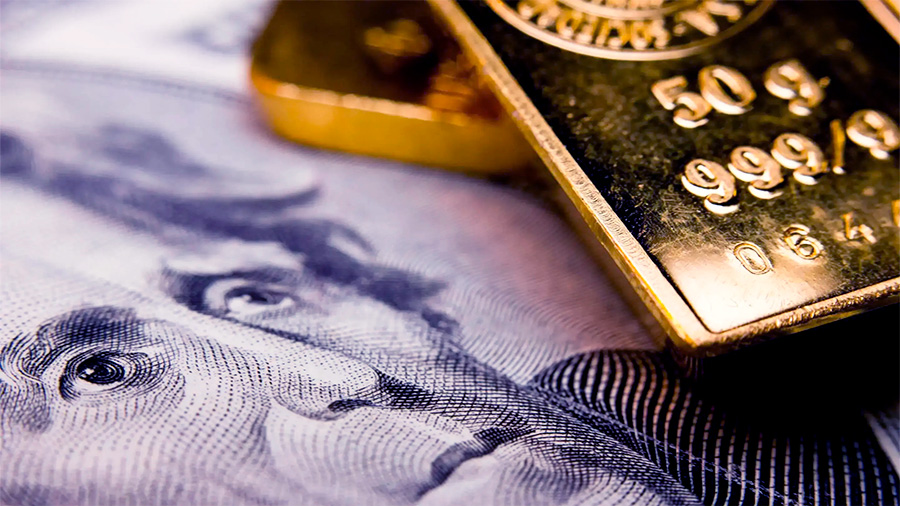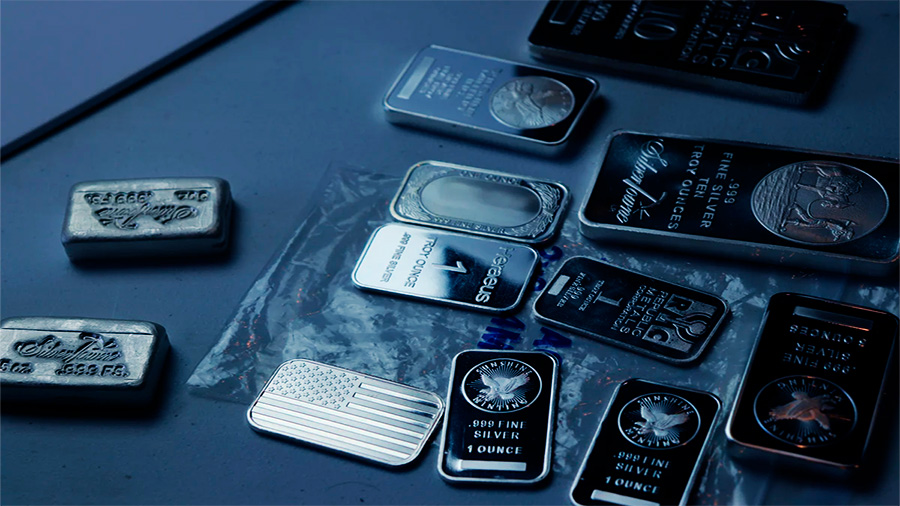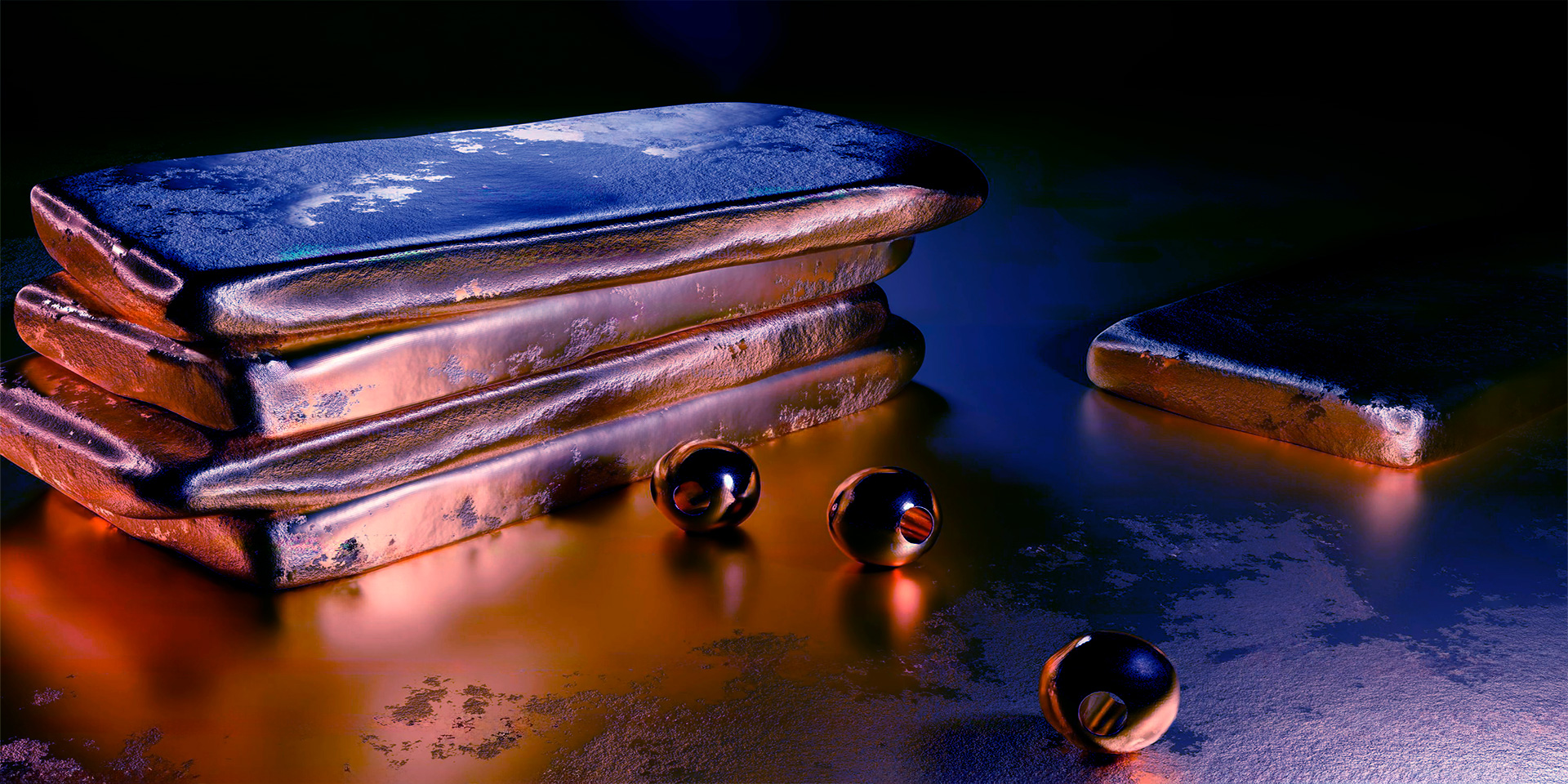Precious metals, particularly gold, have long been regarded as safe-haven assets during economic instability. Their intrinsic value, global demand, and historical significance make them vital tools for stabilizing national economies during recessions and global downturns. Governments, central banks, and investors turn to gold and other precious metals to hedge against inflation, preserve wealth, and maintain liquidity in turbulent times. This article explores the role of precious metals in supporting economic resilience during recessions, focusing on their use as monetary assets and financial safeguards.
The Economic Role of Gold Reserves
Gold reserves play a critical role in underpinning national economies during recessions. Central banks hold gold as part of their foreign exchange reserves, using it to bolster confidence in the country’s financial stability and as a hedge against currency fluctuations. Unlike fiat currencies, gold retains its value over time and is not subject to devaluation caused by economic policies or geopolitical instability.
For example, during the 2008 financial crisis, central banks worldwide increased their gold holdings to mitigate the risks associated with collapsing markets and depreciating currencies. Gold acted as a stabilizing force, ensuring liquidity and maintaining public trust in national financial systems.
Key Functions of Gold Reserves
- Currency Stabilization: Helps central banks counteract inflation and currency devaluation.
- Liquidity Provision: Offers an asset that can be quickly converted to cash in global markets.
- Economic Confidence: Bolsters public and investor trust during financial crises.
- Diversification: Reduces reliance on volatile assets like foreign currencies.
Gold’s enduring value makes it an indispensable component of a nation’s economic safety net during recessions.
Gold as a Hedge Against Inflation
Inflation often accompanies recessions, eroding the purchasing power of currencies and destabilizing economies. Gold serves as a hedge against inflation, maintaining its value even as paper money loses its worth. Investors and governments turn to gold to protect wealth and preserve purchasing power during periods of economic uncertainty.
For instance, during the stagflation era of the 1970s, gold prices soared as inflation eroded the value of the U.S. dollar. Similarly, recent economic downturns have seen increased demand for gold as investors seek refuge from rising prices and currency volatility.
Why Gold Protects Against Inflation
- Intrinsic Value: Gold’s value is independent of monetary policy or economic conditions.
- Limited Supply: The scarcity of gold prevents significant devaluation.
- Global Acceptance: Universally recognized as a store of value and medium of exchange.
- Counter-Cyclicality: Tends to increase in value when currencies weaken.
Gold’s inflation-hedging properties ensure its continued relevance as an economic safeguard.

Precious Metals and Currency Devaluation
Recessions often lead to currency devaluation as central banks adopt expansionary monetary policies, such as quantitative easing, to stimulate economic growth. These policies increase the money supply, reducing the value of currencies and prompting governments and investors to seek alternative stores of value. Precious metals, particularly gold and silver, serve as reliable hedges against such devaluations.
For example, during the COVID-19 pandemic, central banks worldwide implemented massive stimulus packages, leading to concerns about currency stability. Gold prices surged as investors sought to mitigate the risks associated with depreciating fiat currencies.
Impact of Precious Metals on Currency Stability
- Safe-Haven Asset: Provides a secure alternative to devalued currencies.
- Global Benchmark: Gold prices often reflect market sentiment about currency stability.
- Reserve Asset: Central banks increase gold holdings to stabilize currency reserves.
- Investor Confidence: Precious metals preserve wealth during monetary policy shifts.
By mitigating the effects of currency devaluation, precious metals support economic stability during recessions.
Precious Metals in International Trade
Gold and other precious metals also play a crucial role in international trade, particularly during economic downturns. Countries with significant gold reserves can use them to settle trade imbalances, maintain liquidity, and strengthen their positions in global markets. This capability is especially important for emerging economies that lack stable currencies or diversified reserves.
For instance, during the Asian financial crisis of the late 1990s, several countries leveraged their gold reserves to stabilize their economies and restore confidence in their financial systems. Gold served as a universal medium of exchange, enabling these nations to navigate the crisis effectively.
Gold in Global Trade Dynamics
- Trade Settlement: Facilitates transactions when currencies are unstable.
- Reserve Diversification: Reduces reliance on volatile foreign currencies.
- Economic Resilience: Strengthens a nation’s ability to engage in international markets.
- Symbol of Stability: Enhances credibility in global financial negotiations.
Precious metals ensure that nations can maintain trade relationships and economic stability during recessions.

Other Precious Metals: Silver, Platinum, and Palladium
While gold dominates discussions about economic stability, other precious metals like silver, platinum, and palladium also contribute to resilience during recessions. These metals are vital for industrial applications, making them valuable economic assets beyond their monetary role.
For example, silver is widely used in electronics, solar panels, and medical devices, ensuring sustained demand even during economic downturns. Platinum and palladium are essential for automotive manufacturing, particularly in catalytic converters, supporting economic activity in key industries.
Industrial and Monetary Benefits
- Silver: Dual role as a monetary asset and industrial metal.
- Platinum: High value in automotive and jewelry markets.
- Palladium: Critical for clean energy and automotive applications.
- Global Demand: Industrial uses ensure consistent value during recessions.
The diverse applications of these metals enhance their economic importance and stability during downturns.
Challenges in Using Precious Metals for Economic Stability
While precious metals offer numerous advantages, relying on them for economic stability also presents challenges. The volatility of metal prices, limited availability, and geopolitical factors can complicate their use in stabilizing economies during recessions.
For example, fluctuations in gold prices can affect the valuation of reserves, creating uncertainty for central banks. Similarly, supply chain disruptions or geopolitical tensions can impact the availability of industrial metals like platinum and palladium.
Addressing Challenges
- Price Volatility: Diversify reserves to mitigate the impact of fluctuating metal prices.
- Supply Security: Strengthen supply chains and reduce dependency on single sources.
- Geopolitical Risks: Collaborate internationally to ensure consistent access to metals.
- Strategic Reserves: Maintain balanced reserves of gold and other metals.
Proactive strategies ensure that precious metals remain effective tools for economic resilience.
The Conclusion
Precious metals, particularly gold, are indispensable for helping economies navigate the challenges of recessions and global downturns. Their role as safe-haven assets, hedges against inflation, and stabilizers of currency and trade underscores their economic significance. While challenges exist, strategic management of precious metal reserves ensures that governments and central banks can effectively leverage these assets to support financial stability and resilience. As economies continue to face uncertainties, the enduring value of precious metals will remain a cornerstone of economic recovery and growth strategies.




